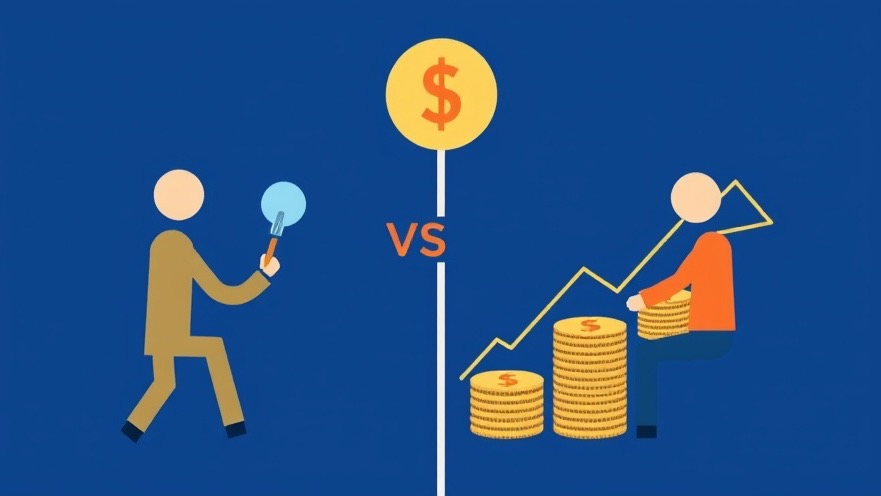When it comes to investing, one of the first decisions you’ll face is whether to take an active or passive approach. Both methods have their pros and cons, and choosing the right one depends on your financial goals, risk tolerance, and time commitment. In this article, we’ll compare active and passive investing and help you determine which strategy might be best for you.

What is Active Investing?
Active investing is a strategy where investors or fund managers make decisions about buying and selling assets based on research, market analysis, and timing. The goal is to outperform the market by picking the right stocks or other securities at the right time.
Active investors typically:
Regularly buy and sell securities.
Attempt to beat the market by selecting undervalued stocks or sectors.
Use research, technical analysis, and financial reports to make decisions.
Pros of Active Investing:
Potential for higher returns: By carefully choosing investments, active investors aim to outperform the market.
Flexibility: Active investors can quickly respond to market changes and adjust their portfolio accordingly.
Control: Active investors have more control over their investments and can choose which assets to include or exclude.
Cons of Active Investing:
Time-consuming: Active investing requires constant research and attention to the market.
Higher fees: Active management tends to come with higher fees due to research and trading costs.
Risk of underperformance: Despite efforts, not all active investors will beat the market, and some may underperform.
What is Passive Investing?
Passive investing, on the other hand, involves buying and holding a diversified portfolio of assets for the long term. Rather than trying to pick individual stocks, passive investors typically invest in index funds or exchange-traded funds (ETFs) that track a broad market index, such as the S&P 500.
Passive investors typically:
Buy and hold investments over a long period of time.
Focus on diversifying across many different sectors and asset classes.
Invest in low-cost index funds and ETFs that aim to replicate market performance rather than outperform it.
Pros of Passive Investing:
Lower fees: Since passive investing doesn’t involve frequent trading or active management, fees are generally lower.
Simplicity: Passive investing is easy to set up and requires less ongoing effort or expertise.
Steady, market-matching returns: Over the long term, passive investing tends to match or slightly outperform actively managed portfolios due to lower costs and fewer errors in timing.
Cons of Passive Investing:
No potential for “outperformance”: Passive investors will only earn market returns, not the chance to beat them.
Less control: Passive investors don’t have control over individual investment choices and are reliant on the market's overall performance.
Which is Right for You?
Deciding between active and passive investing comes down to a few key factors:
Time and Effort: Active investing requires more time and effort for research and portfolio management. If you have a full-time job or other commitments, passive investing might be more suitable.
Risk Tolerance: Active investing involves higher risks, especially since you're trying to beat the market. If you're a more conservative investor, you might prefer the stability of passive investing.
Investment Goals: If your goal is long-term growth, passive investing (especially in diversified index funds) may suit you well. However, if you're looking for short-term gains and are willing to take on more risk, active investing may be a better fit.
Cost Sensitivity: Active investing generally comes with higher management fees, while passive investing offers low-cost options. If you're concerned about keeping fees down, passive investing is the more cost-effective choice.
Conclusion
Both active and passive investing have their merits. If you're someone who enjoys research and is willing to take on higher risk for potentially higher rewards, active investing might appeal to you. On the other hand, if you're looking for a low-cost, low-maintenance investment strategy that aligns with long-term goals, passive investing could be the way to go.
No matter which strategy you choose, it's important to stay informed, review your goals periodically, and adjust your approach as needed. The best strategy is the one that works for your financial situation and comfort level.
 Add Row
Add Row  Add
Add 




Write A Comment